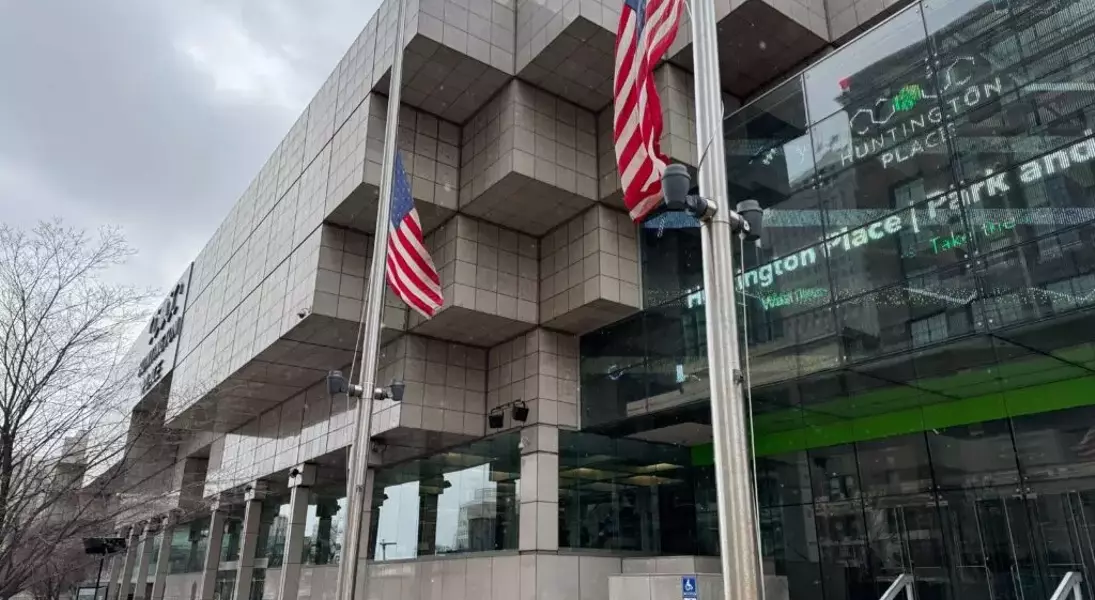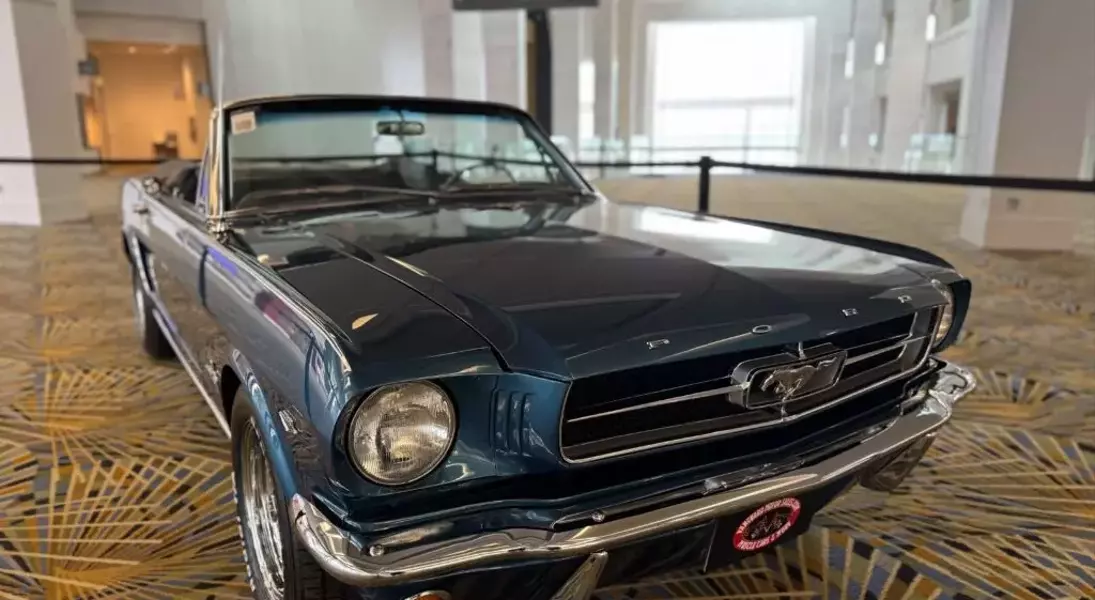



For decades, the Detroit Auto Show has been a cornerstone event for both automakers and car enthusiasts. Traditionally held in January since its inception in 1899, this annual spectacle has become deeply intertwined with the city's identity. In recent years, organizers experimented with moving the event to warmer months, but this shift did not resonate well with locals or attendees. The cold weather, once seen as an inconvenience, now plays a crucial role in preserving the event’s charm and tradition. Despite challenges from competing events and changes in the automotive industry, the Detroit Auto Show remains a significant economic driver for the city, drawing hundreds of thousands of visitors each year.
The history of the Detroit Auto Show is rich and storied. What started as a modest exhibition featuring just a few electric and steam-powered vehicles has evolved into one of the largest auto shows globally. Historically, the event was held in January, aligning with the city's winter climate. This timing created a unique experience for attendees, who often braved freezing temperatures to marvel at the latest innovations in automotive technology. Shannon Cason, a lifelong resident of Detroit, recalls the discomfort of attending the show in the cold as part of what made it memorable. "It was always freezing cold," she said, reflecting on her childhood visits. "But that discomfort made it special."
As the automotive industry transformed over the years, so did the Detroit Auto Show. In 2018, organizers announced a move to June, hoping to capitalize on warmer weather and create a more festival-like atmosphere. However, this change did not sit well with many longtime attendees. Glenn Stevens, executive director of MichAuto, noted that the shift disrupted the event's traditional appeal. "It has bounced around, trying to find its place," he explained. Attendance dropped significantly during the summer months, as people opted for outdoor activities like sailing and hiking. The pandemic further complicated matters, leading to cancellations in 2020 and 2021. Even when organizers tried September, attendance remained low.
Despite these challenges, there is a growing consensus that the Detroit Auto Show should return to its roots. Phoebe Wall Howard, a local auto journalist, emphasized the importance of embracing the cold weather. "It’s 25 degrees out here, and you take your life into your own hands to get to this Detroit Auto Show, and it will be worth it," she said. The cold, it seems, has become an integral part of the experience, attracting dedicated fans who are willing to endure harsh conditions for a glimpse of the latest automotive trends. As the industry continues to evolve, the Detroit Auto Show must adapt while staying true to its heritage and the expectations of its loyal audience.
Ultimately, the Detroit Auto Show stands as a testament to the city's deep-rooted connection with the automotive industry. While the event has faced numerous challenges, including changing seasons and global disruptions, it remains a vital component of Detroit's cultural and economic landscape. By returning to its traditional winter timing, the show can reconnect with the community and reaffirm its status as a must-attend event for car enthusiasts worldwide.
